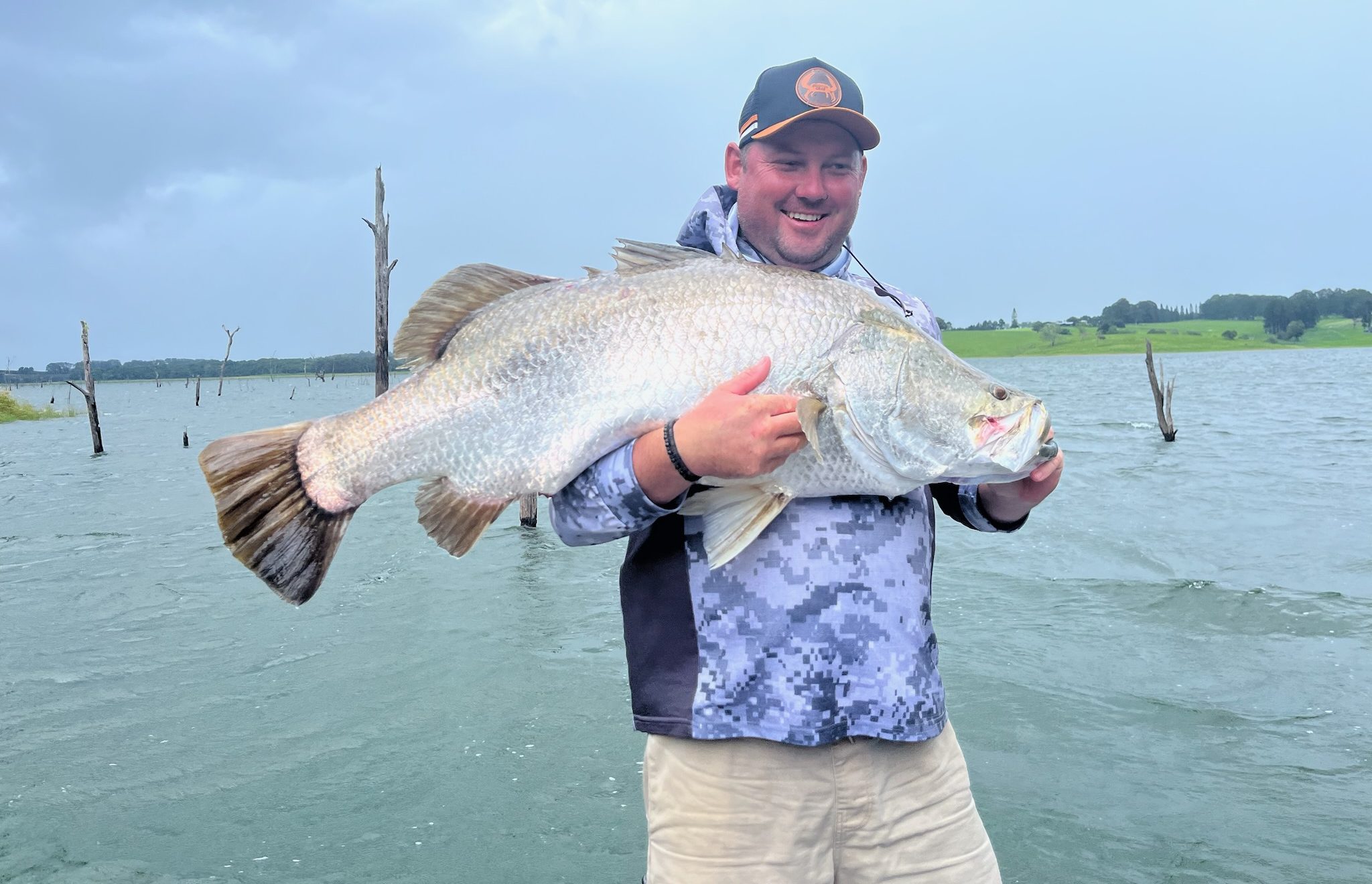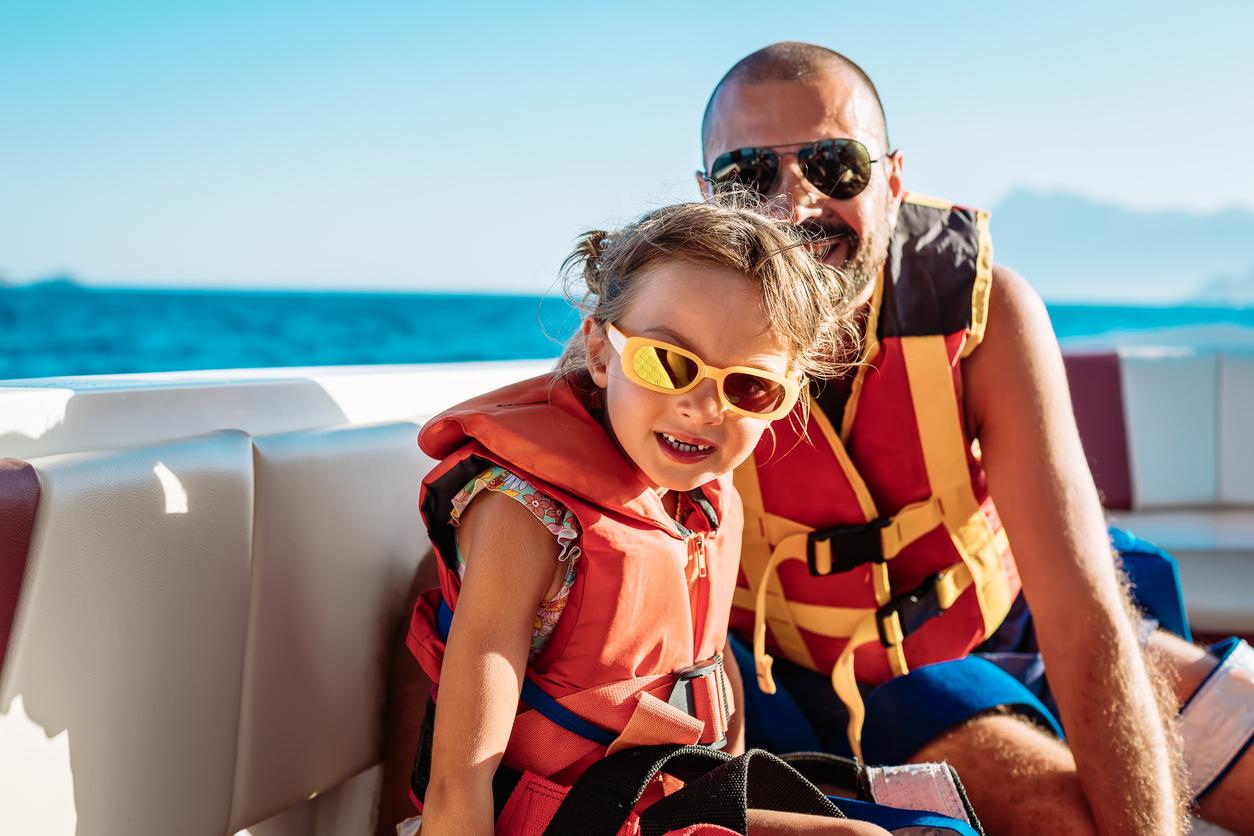Are you Eligible for Commercial Boat Registration? Known as Domestic Commercial Registration or DCV.
Getting your Domestic Commercial Vessel (DCV) registration is a relatively straight forward process when applying under EX 02 Non Survey Vessel. Please view the video which will show you what the eligibility requirements are to make application via the Australian Maritime Safety Authority website.
Here is the transcription:-
G’day, and welcome to the MatesBoat Domestic Commercial Vessel Registration Guide.
So you’ll see on the screen here if you navigate your way to the AMSA website, the Australian Maritime Safety Authority, there’s a link in the bottom left-hand side of the screen there that you can click on, and it will take you to this page.
Let’s have a look at the exemptions here. So we’re using the exemption 02 non-survey vessel registration for the majority of our vessels on MatesBoat. Now, we’ll be using Class 2, 3, and 4 vessels. The Class 2 and 4 is what we use on our web platform. Class 3 is for commercial fishing vessels and not applicable to us.
So Class 2 is your charter service where you take paying passengers on your vessel, and you are in control of your vessel at all times. You will need a Coxswain certificate for that. If you wish to hire your boat out as a Hire & Drive or bareboat rental, then we’ll be applying for Class 4.
Now to be eligible under exemption 2, the vessel must be less than 12 meters long, operate in sheltered waters, being Class D and E waters. If it’s a Class 2, you can’t take any more than four day passengers. We’re not interested in the Class 3 vessels, and you can read about your net, crane, lifting. It can’t be one of those. You must comply with the National Standards for Commercial Vessels, Part G, and you may read that at your leisure.
Your vessel can’t carry any dangerous goods. It can’t be used for towing. It cannot have an inboard engine which operates on a fuel that has a flashpoint of less than 60 degrees Celsius, such as petrol. So you’ll need to have an inboard diesel engine, an electric engine, or an outboard engine of some description, petrol or otherwise. It can’t be a support vessel for the offshore oil or gas industry.
If it’s a Class 4 vessel, you can’t operate it overnight. It can’t be a landing barge or a design determined by us to be likely to adversely affect the vessel’s stability, and it can’t be a high-speed thrill ride.
So once you make your application to the Australian Maritime Safety Authority under this exemption, you’ll need to meet the eligibility requirements as above, the National Standards for Commercial Vessels, Part G, and comply with the conditions of your approval. Now your approval will also need to be done via a certificate of operation, which is also applied for through AMSA.
Once you have your Domestic Commercial Vessel registration, you’ll get a vessel identifier which must be displayed on your vessel. You need to apply and have a certificate of operations in place, and you also need to have a safety management system in place. At MatesBoat, we have templates for this, and we can work through that. It’s just an OH and S guide to your vessel, the safety procedures, how to operate it, what happens if your vessel is in distress, and it has a plan in place in case there’s an emergency.
Now, to apply for the exemption, you’ve got to complete form 579 and pay for the fee, which is $226 for five years. That’s your registration for five years. So to do that, I would have a photograph of your Australian build plate, which will be on your vessel. Then once you have made the application and you’ve paid your fee, the Australian Maritime Safety Authority will assess that and, hopefully, issue you with a Domestic Commercial Vessel registration.
So what if you’ve got a human-powered vessel? Well, you can see the requirements there. If it’s primarily powered by yourself, less than 24 volts, it has a engine less than 3.5 kilowatts, and propulsion power, then you don’t need to make an application, as it says down the bottom here. You can if you wish to, but you don’t need to.
A sailing vessel is having no auxiliary engine, or an auxiliary engine less than 3.5 kilowatts, be less than 7.5 meters long. You do not need to make an application. However, down at the bottom here, that also says that you can, if you wish, make the application so you have some paperwork in regards to what you’re doing.
The personal watercraft is the same. You must comply with those eligibility requirements here. Once again, you do not need to apply for the exemption. However, if you wish to do so to have the paperwork, you may do so.
The rest of them, the vessel used for sporting and recreational activity refers to a ski school or something similar to that and it has to be a authorised organisation basically by AMSA, and none of the other ones are really relevant to us.
If you comply with those eligibility requirements, then you can make an application to AMSA for your DCV.
If you are interested in Getting Your Domestic Commercial Vessel registration click here.



